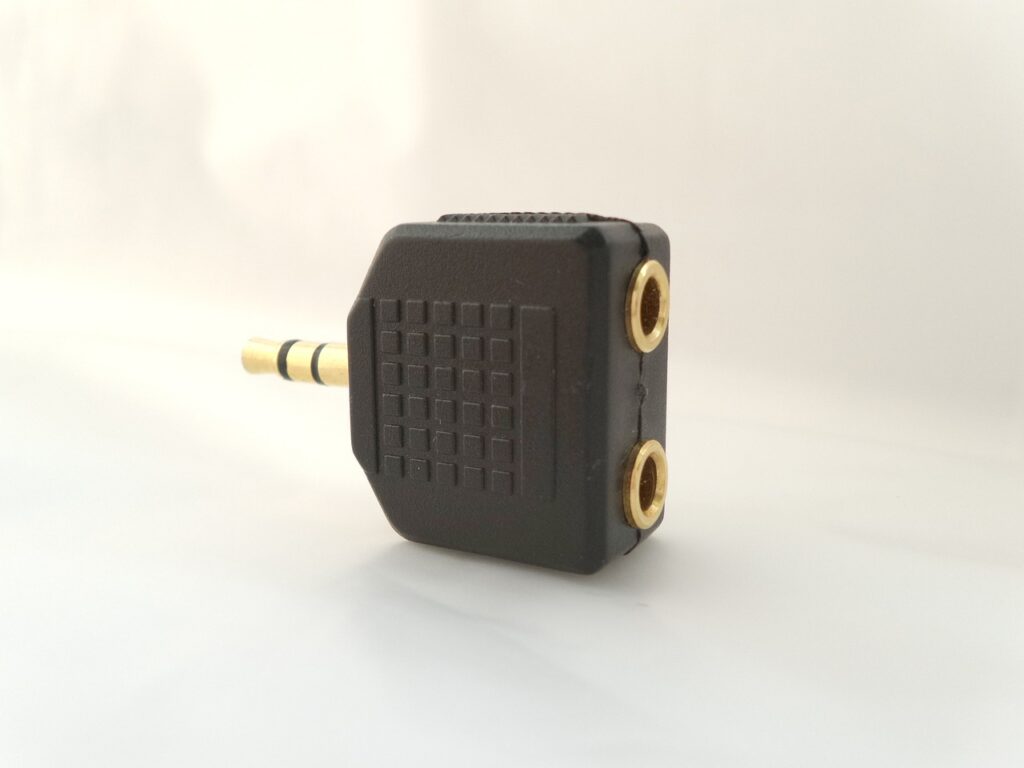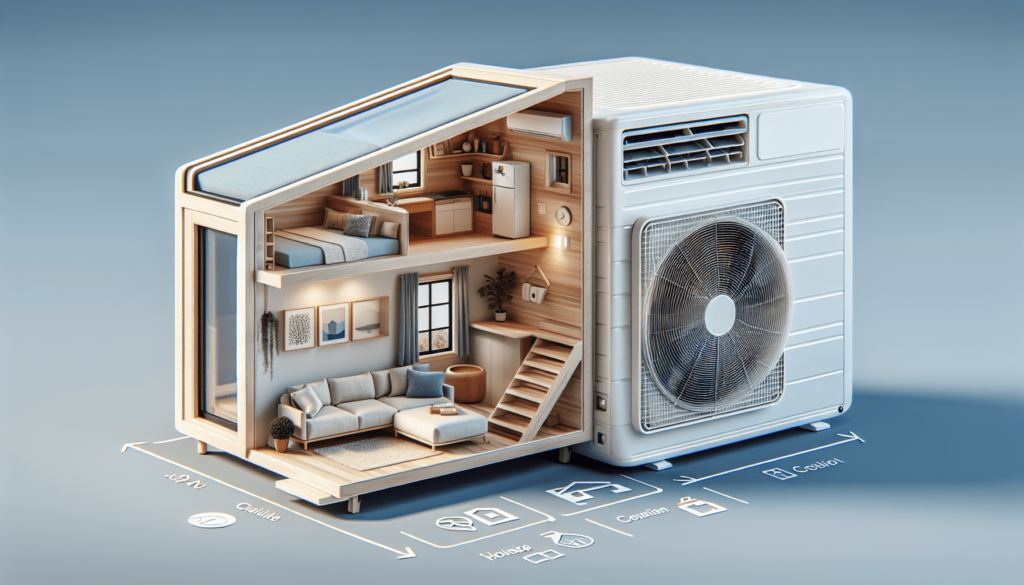In the world of tiny homes and RVs, finding the perfect mini split system can make all the difference in creating a comfortable living space. But with so many options available, it can be overwhelming to decide which one to choose. This article aims to guide you through the process, providing all the necessary information you need to know in order to make an informed decision. From understanding the different types of mini split systems to considering the size and layout of your space, we’ll help you find the right mini split that suits your needs, ensuring a cozy and enjoyable home on wheels.
Understanding Mini Split Systems
What is a mini split system?
A mini split system, also known as a ductless heat pump or ductless mini split, is a heating and cooling system that provides targeted temperature control for individual rooms or zones. Unlike traditional HVAC systems that rely on ductwork to distribute air, mini split systems have an outdoor unit that is connected to one or more indoor units via refrigerant lines. These indoor units can be mounted on the wall, ceiling, or floor and are responsible for delivering conditioned air directly to the desired space.
Key components of a mini split system
A mini split system consists of several key components. The outdoor unit, also known as the condensing unit, contains the compressor, condenser coil, and fan. It is responsible for extracting heat from the outside air during the cooling process and transferring it indoors during the heating process. The indoor unit houses the evaporator coil, fan, and air filter. It is responsible for circulating and conditioning the indoor air. Refrigerant lines connect the outdoor and indoor units, allowing for the transfer of heat. Lastly, a remote control or thermostat is used to control the settings and temperature of the mini split system.
How does a mini split system work?
Mini split systems work by utilizing refrigeration principles to cool or heat the air in a space. During the cooling process, the indoor unit extracts warm air from the room, which passes over the cold evaporator coil. The heat energy from the indoor air is absorbed by the refrigerant, which then flows to the outdoor unit. The outdoor unit releases the heat into the outside air, while the cooled refrigerant returns to the indoor unit to continue the cooling cycle.
During the heating process, the process is reversed. The outdoor unit extracts heat energy from the outside air, even in cold temperatures, and transfers it to the indoor unit. The indoor unit then releases this heat energy into the room, providing warmth. This heat pump technology allows mini split systems to efficiently heat and cool spaces without the need for ductwork.
Advantages of using a mini split system
There are several advantages to using a mini split system in tiny homes or RVs. First and foremost, mini split systems are highly energy-efficient. Compared to traditional HVAC systems, which can lose considerable energy through ductwork, mini split systems deliver conditioned air directly to the desired space. This targeted approach reduces energy waste and allows for precise temperature control.
Another advantage is the flexibility of installation options. Mini split systems can be installed in a variety of locations, such as on walls, ceilings, or floors. This versatility is especially beneficial for tiny homes or RVs with limited space. Additionally, mini split systems offer both cooling and heating capabilities, making them suitable for year-round use.
Lastly, mini split systems are known for their quiet operation. The outdoor unit can be placed away from the living area, minimizing noise disruptions. Meanwhile, the indoor units are designed to operate quietly, ensuring a peaceful environment.

This image is property of pixabay.com.
Factors to Consider When Choosing a Mini Split for Tiny Homes or RVs
Available space
One of the most important factors to consider when choosing a mini split system for a tiny home or RV is the available space for installation. Since space is limited in these types of living spaces, it is crucial to select a mini split system that can fit within the available dimensions. Considerations include the size of the outdoor unit, as well as the dimensions of the indoor unit(s). It is also important to determine the optimal location for installing the units, taking into account proximity to electrical connections and any potential obstructions.
Energy efficiency
Another critical factor to consider is the energy efficiency of the mini split system. Energy efficiency is measured by the Seasonal Energy Efficiency Ratio (SEER) rating, which indicates the cooling efficiency of the system. A higher SEER rating signifies better energy efficiency and lower operating costs. When selecting a mini split system for a tiny home or RV, it is recommended to choose one with a high SEER rating to minimize energy consumption and reduce utility bills.
Cooling and heating capacity
The cooling and heating capacity of the mini split system is essential to ensure that it can adequately cool or heat the tiny home or RV. The capacity is measured in British Thermal Units (BTUs) and is dependent on the size of the space. It is crucial to choose a mini split system with the appropriate BTU rating to effectively maintain desired temperatures. Undersized systems may struggle to cool or heat the space, while oversized systems may cycle on and off frequently, leading to energy inefficiency.
Noise level
Since tiny homes and RVs often have limited insulation and close living quarters, it is important to consider the noise level of the mini split system. Noisy operation can be disruptive and affect the comfort of the living environment. When selecting a mini split system, look for models that are specifically designed for quiet operation. These systems are equipped with noise-reducing technology, such as insulated cabinets and vibration dampeners, to minimize noise output.
Installation requirements
Considering the installation requirements is crucial before purchasing a mini split system for a tiny home or RV. Some mini split systems may require professional installation, while others may be suitable for DIY installation. It is important to assess personal skill level and comfort with performing electrical and HVAC work. Additionally, consider whether the system requires any additional components, such as refrigerant line insulation or electrical upgrades, to ensure a successful and code-compliant installation.


